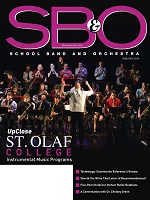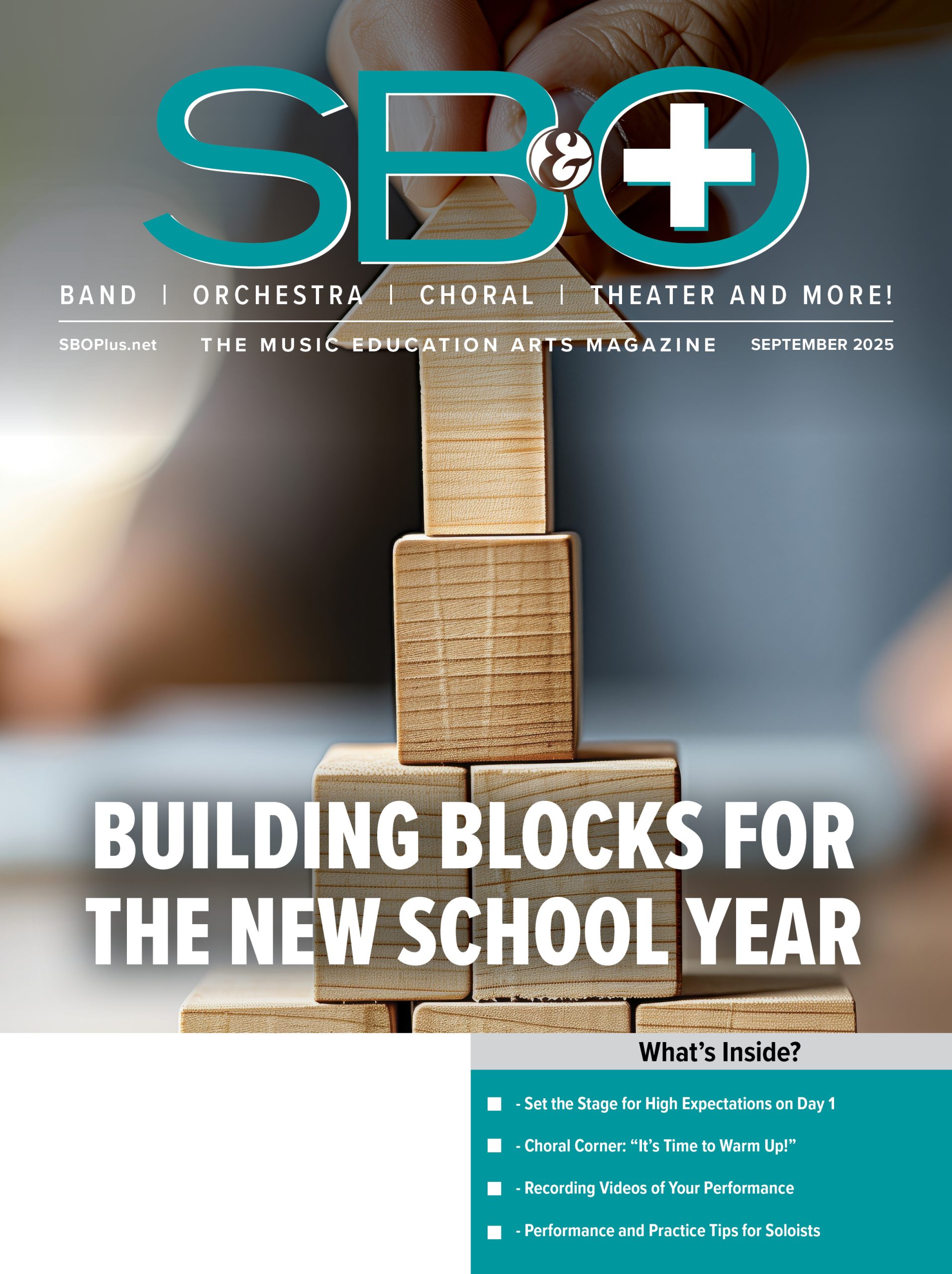 In life, we strive for a balance in our everyday activity and lifestyle, and double reeds require the same balance and symmetry on the two pieces of cane we tie together and call a reed. When reeds are balanced and symmetrical, the Oboist will have a solid foundation to get them through their performance sessions with comfort and ease. In reed making, the “perfect” reed is not an immediate product. To get to our preferred reed styles, we need to adjust as the reed is “breaking in.”
In life, we strive for a balance in our everyday activity and lifestyle, and double reeds require the same balance and symmetry on the two pieces of cane we tie together and call a reed. When reeds are balanced and symmetrical, the Oboist will have a solid foundation to get them through their performance sessions with comfort and ease. In reed making, the “perfect” reed is not an immediate product. To get to our preferred reed styles, we need to adjust as the reed is “breaking in.”
Some adjustments fix themselves as the fibers of the cane break down (this is what we refer to as “breaking in”), while other adjustments should be made once a reed is made and left sitting for a day once a “crow” is achieved. When adjusting, always work in small increments; one small scrape can have a major impact on the reed. So, remember you can take off cane, but you cannot put cane back on.
Always check the sharpness of the knife. When the knife is not sharp enough, imbalanced pressure can cause frustrating mistakes such as taking a corner off or taking cane off a reed in an area that was not intended. A frequent mistake is taking cane out of the window and then going up into the “heart” of the reed. For adjustments not requiring much cane removal or adjustments that require areas to be slightly blended, use some sandpaper as an alternative to rub over the cane. This is a great alternative for those still learning the basics of reed making.
When it comes to adjusting the reed, following these four categories of reed adjustment.
Response– This is the first quality I focus on in my reeds. Good reed response means it should speak easily at all dynamic levels and have clear and consistent sound in all registers. Some common adjustments to help with response are:
Resistance in articulation- Scrape the back of the reed and redefine all reed sections as needed. Scrape corners of tip into the roofline if too thick.
Wide opening- Squeeze the tip closed. If still too open, scrape the heart lightly.
Too soft- Clip tip slightly.
Closed tip- Scrape windows and lengthen corners of tip. You can also scrape the neck slightly.
Sides leak- Use plumbers’ tape and wrap around in leaking area or sandpaper sides slightly. Or scrap the reed and try another.
Resistance– This is usually paired with the oboist expressing the reed feels “too hard” or “too soft.” This comes from how much air the reed can accommodate. If air is contained, the reed will feel hard to blow. If it is too easy to blow through, pitch may be affected, and the embouchure may try to distort the sound to play in tune. When manipulation of the embouchure changes resistance, this means there is an imbalance and resistance should be adjusted to make sure the embouchure is not interfering with this component. Some common adjustments to help resistance are:
Hard to blow- Scrape the corners of the tip and the windows. Blend heart into back if needed.
Easy to blow/too little resistance- Clip the tip slightly.
Resistant in low register- Scrape sides of heart and blend roofline into tip. Create longer corners of tip and scrape the back lightly.
Stability– This is the area that focuses on maintaining steady pitch. Reeds should ideally be able to play in tune at any dynamic with little tension. Stability can present several combinations that carry over from the other categories such as being easy to blow through with a flat intonation or a sharp tendency while being too resistant. The more stable a reed is, the longer lifespan the reed will have. This is also a reason why it is important to keep a spine in the center of the reed. Some common adjustments for stability are:
Pitch is sharp- Lightly scrape the entire reed.
C crow unstable- Scrape back just below the heart.
Pitch unstable- Scrape the back and balance scrape over the entire reed.
Pitch flat- Clip tip first, scrape windows, and redefine tip if needed.
Upper register slightly underpitched- Narrow sides of reed with knife, emery board, or sandpaper. You can also try smaller gouge/shape of cane.
Tone is good but pitch unstable- Thin sides of tip and redefine.
Tone Quality– We love tone, but this is the last priority for adjusting. Without good response, resistance, and stability, your tone will be negatively impacted. When everything is balanced, tone quality will naturally come through and adjustments can be made to the Oboist’s preference. Some common adjustments for tone quality are:
“Reedy” sound- Rub both sides and edges of reed with sandpaper.
Buzz or chirpy sound- Thin the sides of the tip. Blend roofline and corners of the tip. Clip the tip slightly if needed. Blend heart into tip.
Dull tone- Blend tip into heart.
The search for the perfect reed continues, but most of the fun in reed making is the process of learning by trial and error. With all types of reed styles, cane qualities, performance spaces, and individual embouchures, reed adjustments allow the oboist to make something personalized to uplift their voice and truly find what works for them!

















